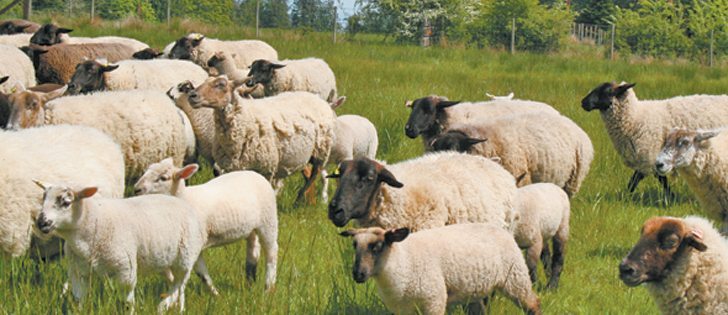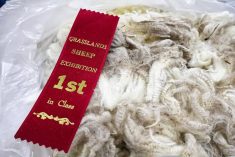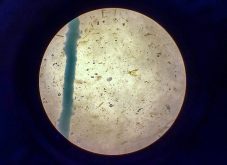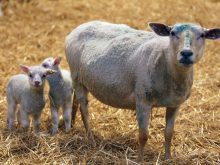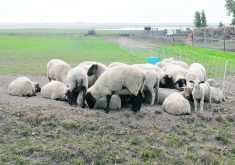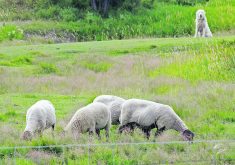VANCOUVER — The dairy world has made astronomical gains in using genomics to improve breeding lines, but the sheep sector is different with its numerous breeds and crossbreeds.
“In sheep, the existing data that we have measured already is of limited value,” said Julius Van der Werf of Sheep Industry Innovation in Armidale, Australia.
Rapid improvement by scanning the sheep genome for valuable traits may take longer because the population is not homogenous, he told the World Congress of Genetics Applied to Livestock Production, which was held in Vancouver Aug. 17-22.
Read Also
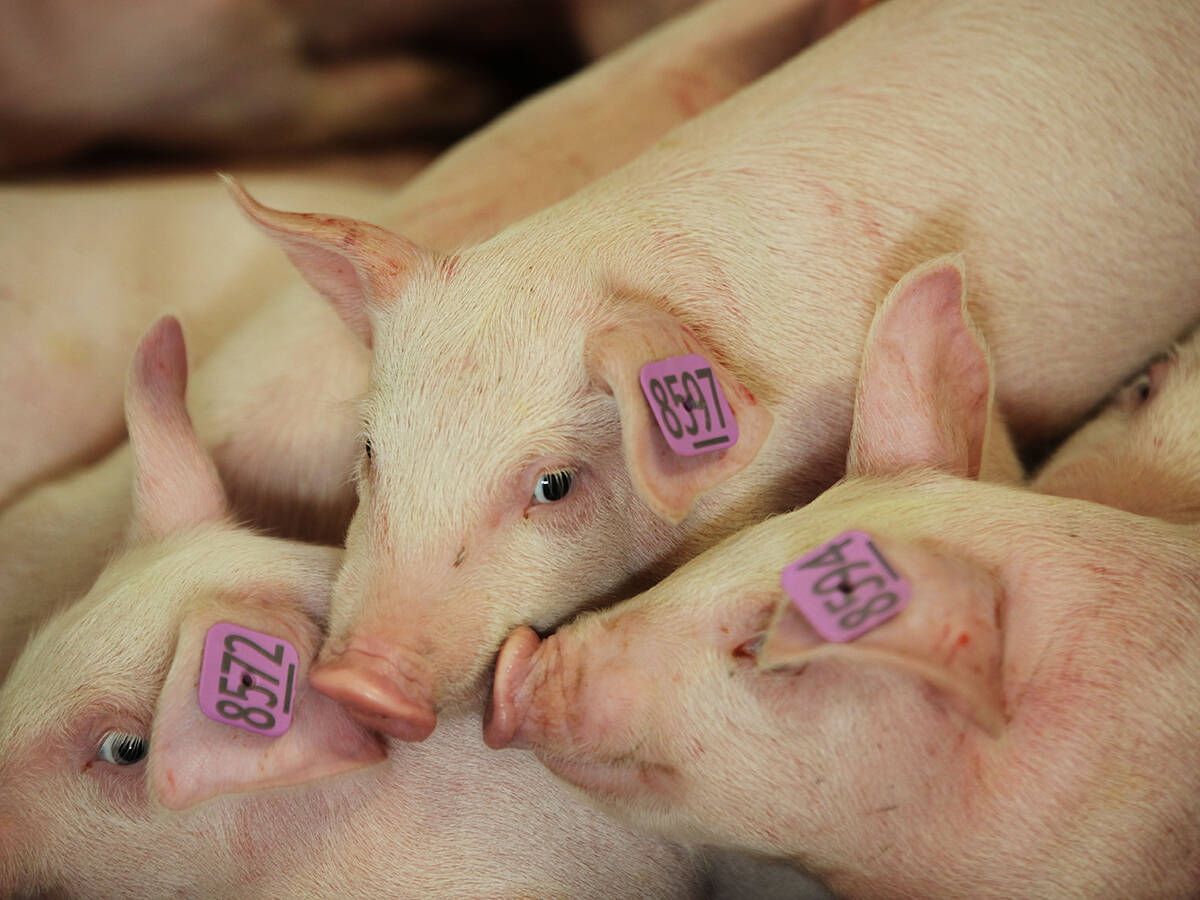
The Western Producer Livestock Report – October 16, 2025
Western Producer Livestock Report for October 16, 2025. See U.S. & Canadian hog prices, Canadian bison & lamb market data and sales insights.
For example, Merino sheep are well known for high quality wool, but different lines exist within the breed. Some of them produce a strong wool and others yield fine fibre.
As well, considerable crossbreeding occurs within the sheep sector, and current evidence says genomic predictions do not extend across breeds. As a result, separate reference populations are needed for each breed.
Known pedigrees would help make better predictions, but there are questions about how much improvement can be expected using genomics.
Australia had previously been interested in growth rates, which are relatively easy to improve. However, industry interest is shifting toward improving meat quality, which is difficult to measure.
The amount of available information is increasing, though, so predictions are becoming easier to make.
“It is better than zero, which we have had so far,” he said.
One advantage of genomic sequencing is the ability to evaluate rams at a younger age rather than waiting until they are three or four years old.
Also, good records are needed within breeding programs so predictions can be related to phenotypic information for reference.




